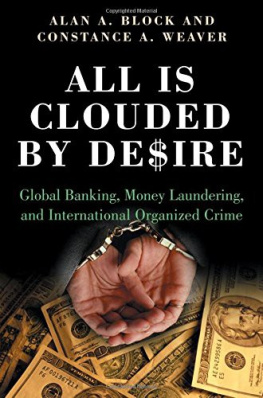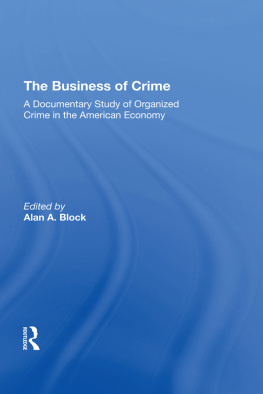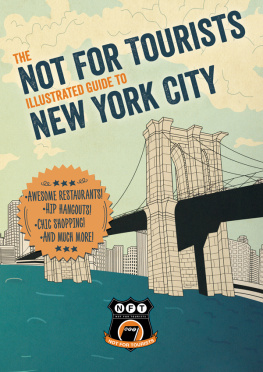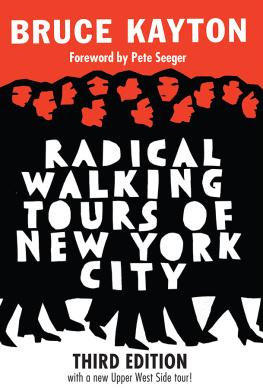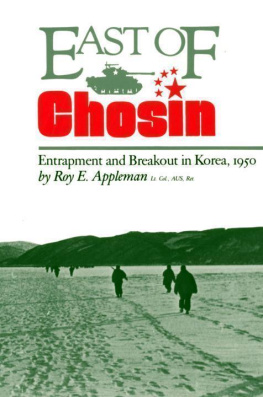EAST SIDE
WEST SIDE
EAST SIDE
WEST SIDE
Oraanizing Crime in new york 1930-1950
Alan Block
WITH A NEW INTRODUCTION BY THE AUTHOR
First published 1983 by Transaction Publishers
Published 2017 by Routledge
2 Park Square, Milton Park, Abingdon, Oxon OX14 4RN
711 Third Avenue, New York, NY 10017, USA
Routledge is an imprint of the Taylor & Francis Group, an informa business
New material this edition copyright 1983 by Taylor & Francis.
All rights reserved. No part of this book may be reprinted or reproduced or utilised in any form or by any electronic, mechanical, or other means, now known or hereafter invented, including photocopying and recording, or in any information storage or retrieval system, without permission in writing from the publishers.
Notice:
Product or corporate names may be trademarks or registered trademarks, and are used only for identification and explanation without intent to infringe.
Library of Congress Catalog Number: 83-4773
Library of Congress Cataloging-in-Publication Data
Block, Alan A. East side, west side.
Reprint. Originally published: Cardiff: University College Cardiff Press, 1980.
Bibliography: p.
Includes index.
1. Crime and criminalsNew York (N. Y.)History. 2. New York (N. Y.)Social conditions. 3. Organized crimeNew York (N. Y. History. I. Title.
HV6795.N5B57 1983 364.10607471 83-4773
ISBN 0-87855-931-0 (pbk.)
ISBN 13: 978-0-87855-931-2 (pbk)
Contents
Acknowledgements
The study which follows enjoyed the direct support and encouragement of a number of individuals and institutions. My good friend William J. Chambliss comes first in both instances. Two of my University College, Cardiff, colleagues, Philip A. Thomas and Mike Levi also performed yeoman service. Three of my students at the University of Delaware contributed a huge amount of time and energy in their roles as research assistants. Their help and companionship were instrumental in bringing the material into somewhat manageable proportions. Sandy Richardson, Dierdre Eva Antoinette Immediato, and Laura Lembo, who are all moving into legal careers, deserve to share in whatever credit the work merits.
Without congenial surroundings, research and travel grants, and an administered teaching load nothing could ever be written. For most of the above Frank Scarpitti, chair of the Department of Sociology, University of Delaware, is directly responsible. The completion of this study coincided with a term as a visiting instructor in the Law Faculty at University College, Cardiff. Dean Lee Sheridan is responsible for giving me the time and facilities to complete this work in Cardiff and I will always be grateful.
In addition to home institutions which provide the proper setting for work, I want to acknowledge the invaluable research assistance of the staff at the New York Municipal Archives. Working under difficult circumstances, they have been invariably helpful in putting up with whatever I have requested. I particularly want to mention Lillian S. DAguilar, assistant director of the Archives, who was instrumental in providing the photographs in the text. In the same manner, the kindness and help I received from formef Governor Thomas E. Deweys law officeDewey, Ballantine, Bushby, Palmer and Woodhas been enormous.
Finally, without my family I simply wouldnt have done anything. I include in this Abby Rosenberg who, while technically not family, might as well be. My children mostly stayed out of the way except to look at. the pictures of dead gangsters. My wife, Marcia, on the other hand, kept it all together. The whole lot deserve combat pay for putting up with my obsession.
Introduction to the Transaction Edition
One of the major points in East Side-West Side is that organized crime is both a social system and a social world. The system is composed of relationships binding professional criminals, politicians, law enforcers, and various entrepeneurs. Overall, the system exhibits a high degree of continuity. There are, of course, moments when for one reason or another the system appears disrupted, when particular relationships between criminals and politicians, for instance, are revealed; but by and large, continuity is the mark of the system. The social world of organized crime, on the other hand, is often murderously chaotic because professional criminals are oriented by constant manifestations of personal power. To continue this line and to indulge in criminological ruminations, I will take this opportunity to update one of the areas of industrial racketeering discussed in this volume.
No history of organized crime in New York could avoid the waterfront; thus chapter seven presents an analysis of waterfront organized crime on the Brooklyn piers during the 1930s and 1940s. The information utilized comes primarily from investigations carried out by a special Grand Jury and the New York State Crime Commission. Briefly, the investigations revealed that the structure of the International Longshoremens Association (ILA), its corrupt and criminal leadership, their collaboration with the Brooklyn criminal justice system, and their collusion with certain employers (this issue was downplayed in the investigations) guaranteed organized crime domination of the Brooklyn docks. In addition, Albert Anastasia, Vincent Mangano, Sr., his brother Philip, Giaocchino Parisi, and one or two others were identified as comprising the major, most powerful, criminal syndicate on the Brooklyn waterfront. These revelations about waterfront life emerged in the early 1950s, a time when the system of organized crime experienced one of its momentary disruptions. It was also the time, as we shall see, when a particular, compelling criminology was developed, which addressed in detail waterfront organized crime. The immediate and most important consequence of the public attention that was focused on the Port was the creation of a bi-state regulatory agency, the Waterfront Commission of New York Harbor, designed to control waterfront organized crime, and established in 1953 by the 83rd Congress that voted consent to a Compact between New York and New Jersey.
A Tumultuous Decade
By the time the Waterfront Commission began its work certain patterns of criminal behavior and organization were deeply established. Nevertheless, Brooklyns primary waterfront syndicate had undergone major personnel changes by 1953, which was a clear indication of the chaos in the social world of organized crime. For example, Parisi left New York for the quieter environs of Hazelton, Pennsylvania, where he currently resides.
While Anastasia was concerned with his legal problems, the New York waterfront was in turmoil partly because of the waterfront investigations. The primary inquiry was carried out by the New York State Crime Commission whose recommendations for alleviating crime on the waterfront resulted in the bi-state Compact and the Waterfront Commission. The manner in which the causes of organized crime were presented in the Compact is significant. The Compact developed a criminology which had important consequences especially for the Waterfront Commission. The situation in the Harbor can be seen in Article 1 of the Compact, Findings and Declarations:
depressing and degrading to such labor, resulting from the lack of any systematic method of hiring, the lack of adequate information as to the availability of employment, corrupt hiring practices and the fact that persons conducting such hiring are frequently criminals and persons notoriously lacking in moral character and integrity and neither responsive or responsible to the employers nor to the uncoerced will of the majority of the members of the labor organizations of the employees; that as a result waterfront laborers suffer from irregularity of employment, fear, subjection to borrowing at usurious rates of interest, exploitation and extortion as the price of securing employment and a loss of respect for the law.




